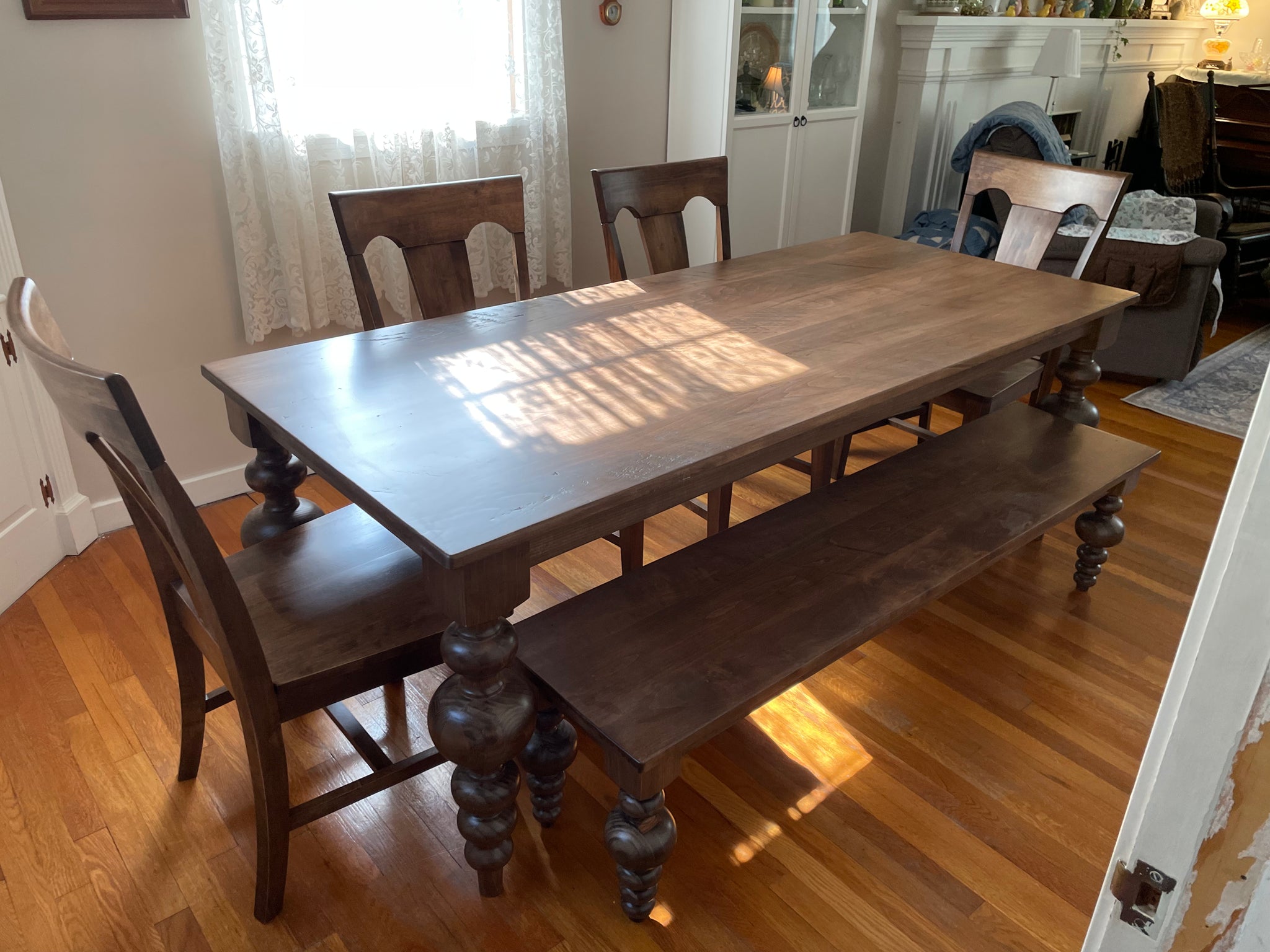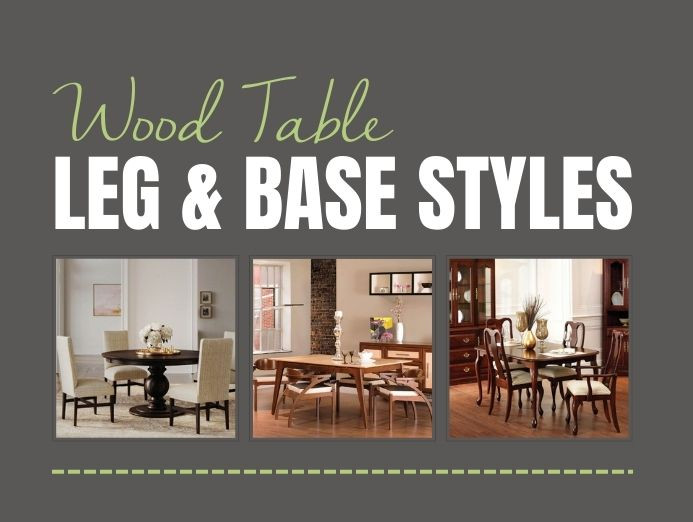The Best Materials for Durable and Elegant Dining Room Table Legs
The Best Materials for Durable and Elegant Dining Room Table Legs
Blog Article
Specialist Tips for Putting Up Dining-room Table Legs for Maximum Stability
When it comes to mounting dining space table legs, attaining maximum security is critical for both capability and aesthetic appeals. What details strategies can enhance stability also better?
Pick the Right Legs
When choosing the appropriate legs for your eating area table, it is vital to take into consideration both performance and appearances. The legs you pick will substantially influence the overall layout and security of the table. Initially, assess the table's planned use; if you anticipate constant gatherings, sturdier legs, such as those made from solid wood or metal, may be preferable, as they offer enhanced longevity and support.
Conventional eating tables normally range from 28 to 30 inches in elevation, so ensure the legs line up with this requirement for comfort. Tapered legs can add a contemporary touch, while turned legs might convey an extra traditional visual.

Select Appropriate Hardware
How can the appropriate equipment enhance the security and long life of your eating room table? The option of appropriate equipment is critical to making sure that the legs of your table are firmly attached and able to withstand routine use. High-quality screws, bolts, and brackets supply the required stamina to support the weight of the table, along with any extra tons placed upon it during celebrations or meals.
When choosing screws, go with those made from sturdy materials such as stainless steel or brass, which withstand rust and keep honesty gradually. The size of the screws is just as important; they ought to permeate deeply into the table's framework without endangering honesty. For bolted connections, think about using lock washers to protect against loosening up as a result of resonance or activity.
In addition, using corner braces can add added support, particularly for larger tables or those with heavier tops. These braces disperse weight equally and assist preserve the table's shape. Making sure that the hardware you choose is ideal for the details materials of your table will better enhance its overall security and longevity, permitting you to appreciate your dining experience for years ahead.
Ensure Correct Placement
Appropriate placement of dining-room table legs is essential for both visual allure and practical security. Misaligned legs can cause an irregular table top, which might not just be aesthetically unappealing however also compromise the table's functionality. To attain optimal positioning, start by determining the distance from the table's edges to the leg accessory points. This ensures that each leg is located equidistant from the edges, developing a balanced appearance.
Make use of a degree throughout installation to validate that each leg is perpendicular to the tabletop. It is recommended to note the wanted leg placements on the underside of the table with a pencil or covering up tape before safeguarding them.
Moreover, ascertain the alignment after the initial screws are tightened, as changes might be essential prior to completely protecting the hardware. By prioritizing appropriate positioning, you not just improve the table's general layout but also guarantee that it continues to be stable and functional for several years ahead.

Take Into Consideration Weight Circulation
After making sure correct placement of the dining-room table legs, it is very important to consider weight circulation to improve stability and functionality. dining room table legs. Correct weight circulation is vital in protecting against tottering and guaranteeing that the table can sustain its intended lots without risk of tipping or falling down
When positioning the legs, ensure they are put at equal distances from the center of the table to evenly disperse the weight across the structure. Consider the weight of the table top and any kind of products that will regularly relax on it, such as ornamental items or tabletop appliances. Tables with heavier surfaces ought to preferably have legs positioned closer to the edges, as this takes full advantage of the base of assistance and lessens the danger of instability.
In addition, if the table is planned for use in a high-traffic location, take into consideration making use of much heavier materials for the legs or adding stabilizing aspects, such as cross-bracing or a lower shelf - dining room table legs. These changes can help preserve balance and protect against shifting throughout use. Eventually, a well-considered weight distribution approach will considerably boost the table's overall performance, guaranteeing it stays a appealing and functional centerpiece for your eating room
Test Stability Prior To Use
Checking the security of the eating area table before usage is a critical action that must not be ignored. Making sure that the table is safe and secure and stable can protect against mishaps their website and extend the life-span of the furnishings. Begin by applying mild stress to various points on the table surface area. Press down on Visit Website the facility and after that along the edges, shifting or observing any kind of wobbling. If the table reveals instability, recognize the legs or joints that might call for change.
Following, check that all fasteners and screws are tightened properly. Loosened links can lead to instability and prospective damage over time. If required, utilize timber adhesive on joints to boost security, guaranteeing to allow ample drying out time.

Conclusion
Finally, the setup of dining-room table legs requires cautious factor to consider of materials, hardware, alignment, and weight distribution to accomplish optimum security. By selecting strong legs and high-grade bolts, making certain precise positioning, and dispersing weight equally, the structural integrity of the table can be dramatically improved. Performing a stability test before regular use additionally makes sure that the table will hold up against everyday pressures, thereby offering a secure and reliable dining experience.
When it comes to setting up eating space table legs, attaining maximum stability is critical for both functionality and appearances. visit the site The legs you choose will considerably influence the total style and stability of the table (dining room table legs). Conventional eating tables commonly vary from 28 to 30 inches in height, so make certain the legs straighten with this criterion for comfort.Correct placement of dining area table legs is important for both visual charm and practical stability.In verdict, the installment of dining space table legs calls for mindful factor to consider of materials, hardware, placement, and weight distribution to attain maximum security
Report this page